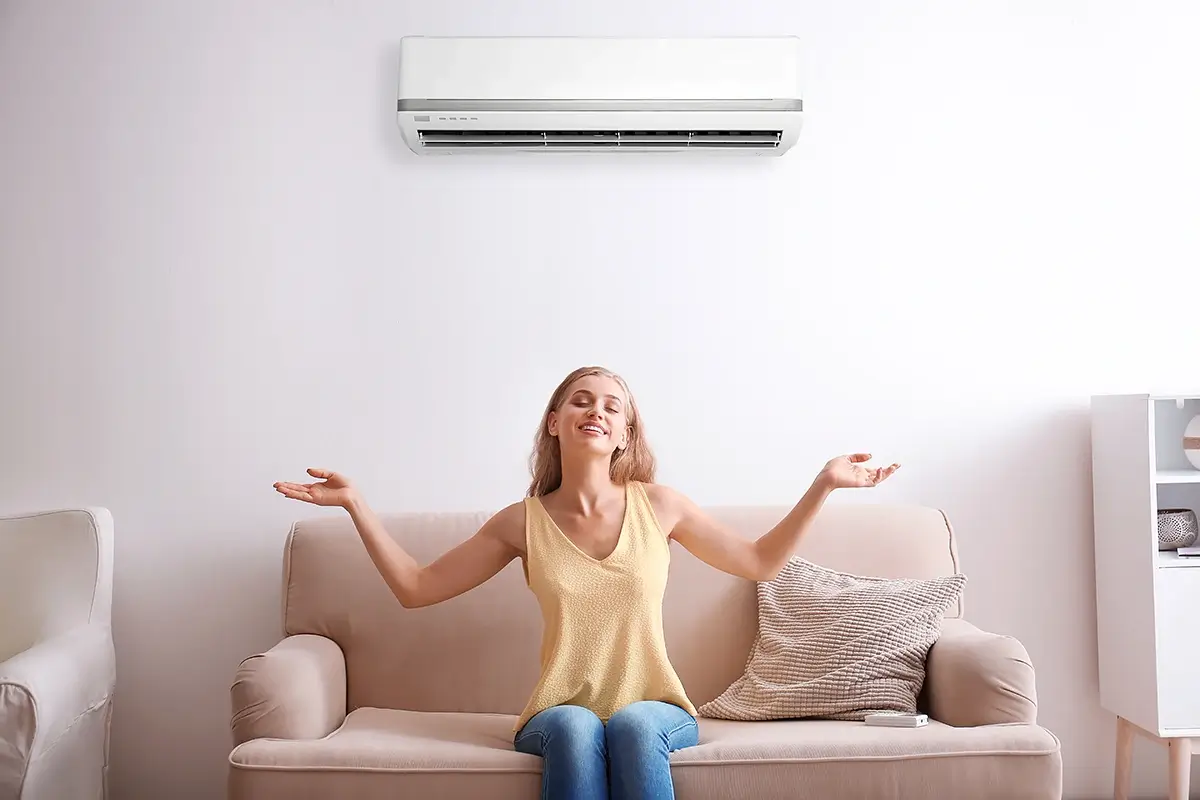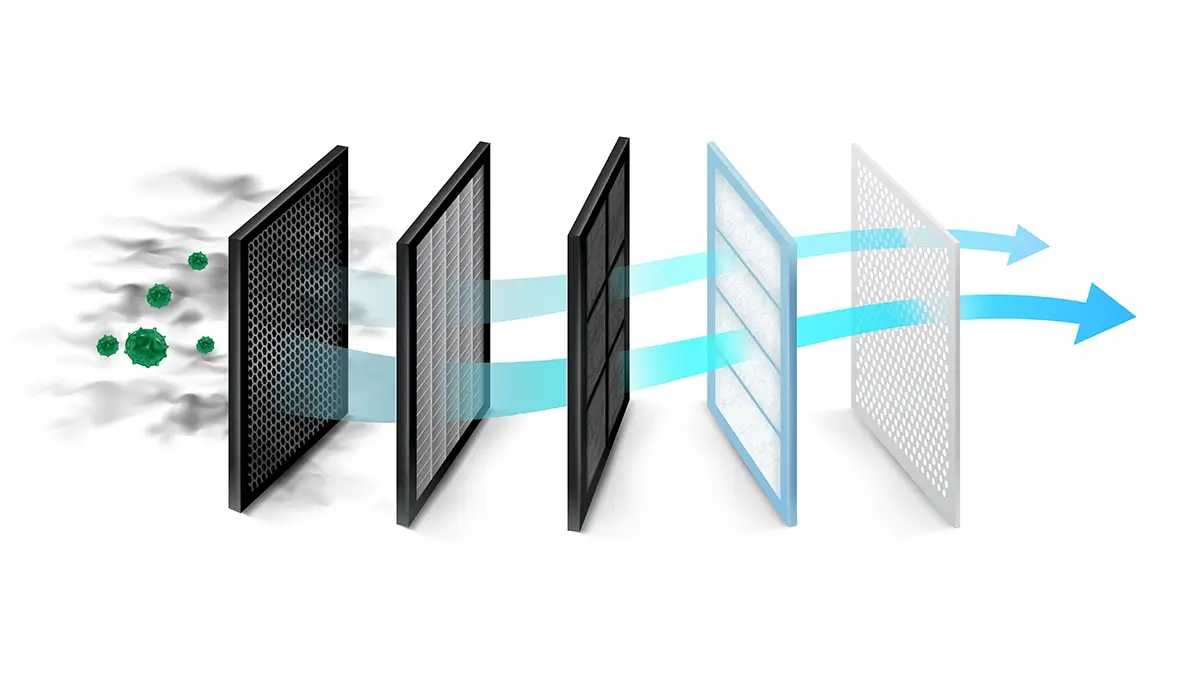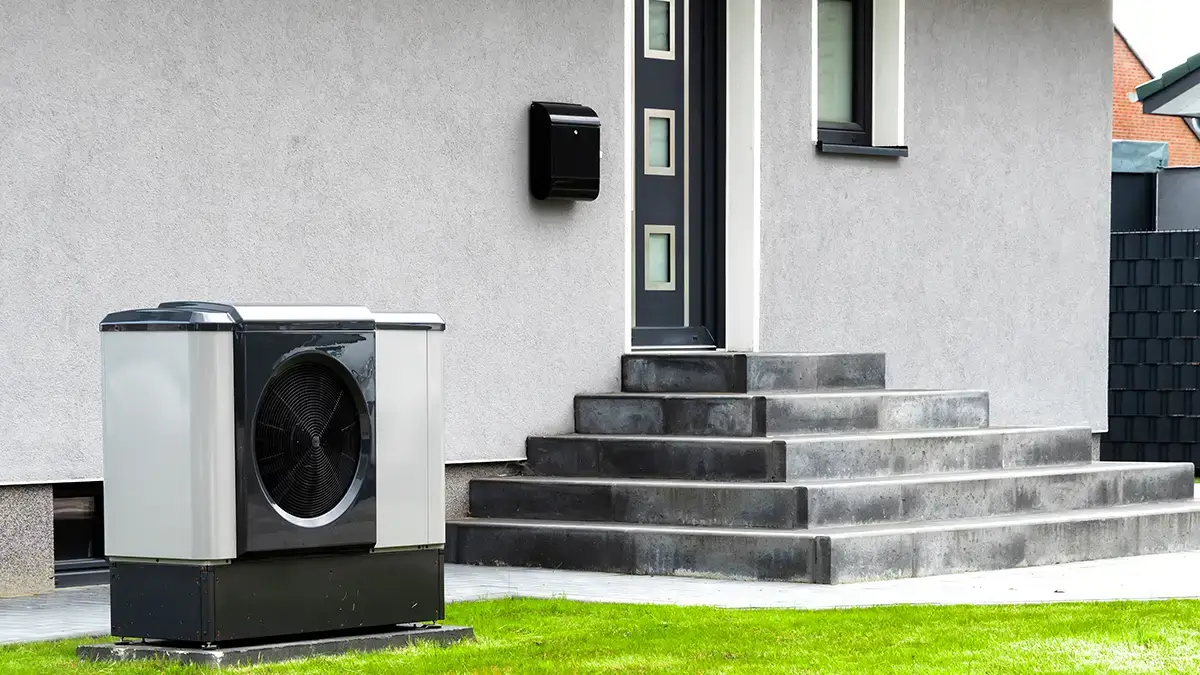
 Guide
Guide  Does air conditioning dry out the air or does it humidify it?
Does air conditioning dry out the air or does it humidify it? 
 Back
BackAir conditioning has become an integral part of homes, offices, shopping centres and shops, especially during the summer heat. However, despite the numerous benefits of effective cooling, certain myths about air conditioners continue to circulate. How does the dehumidification mode in air conditioning and air humidification work? How do these processes affect our health and comfort? Learn more about humidity and microclimate in enclosed spaces.
Many people believe that air conditioning significantly dries the air, which can negatively affect health and comfort. After all, excessively dry air can cause skin problems, eye and throat irritation, headaches, allergic reactions, and increase the risk of respiratory infections. Sometimes, incorrect humidity can damage upholstered and wooden furniture. So it's no wonder that doubts arise, but in reality there is nothing to worry about. Under normal domestic conditions, air conditioning rarely reduces the humidity in a room to below 35%.
To prevent excessive drying by air conditioning, it is advisable to regularly check and maintain the correct humidity level. This can be achieved by:
Does air conditioning dry out the air? There is no denying that it does to some extent, as this is related to how it works.
However, let's not forget that every room has natural sources of moisture. These can be plants in the living room, steam from cooking in the kitchen, or clothes gradually drying in the bathroom. The likelihood of humidity in residential conditions reaching levels that are harmful to health and well-being is low, so there is no need to worry excessively about whether air conditioning dehumidifies the air.
The issue of air dehumidification with air conditioning is worth looking at from a slightly different angle. In some cases, the humidity in a building may be too high, and then this function will prove to be a lifesaver! Rooms such as bathrooms, kitchens and laundry rooms are particularly prone to excess moisture, which sometimes leads to the growth of mould, fungi and other undesirable microorganisms. The dehumidification mode in air conditioning is also invaluable during periods of increased air humidity, such as late summer or early autumn. In addition, in older buildings with high ceilings that are difficult to heat effectively, the dehumidification option can be helpful in maintaining thermal comfort.
The dehumidification function in air conditioning is particularly useful in situations where:
Dehumidification with air conditioning such as KAISAI FLY is extremely useful for maintaining a healthy and comfortable microclimate, especially in rooms exposed to excess moisture. With regular use of this function, you can minimise the risk of health problems, improve air quality and protect your belongings from mould and mildew.
In modern air conditioners, the air dehumidification function is usually referred to as DRY mode. To use it, simply select the appropriate button on the remote control or use the app on your phone to control the air conditioner remotely from anywhere.
The dehumidification mode in air conditioning is designed to be more energy efficient than the cooling mode. The compressor and fan run at lower speeds, so energy consumption is lower. This is particularly beneficial on days when it is not necessary to lower the temperature significantly, but the air humidity is high.
It is worth reading the user manual supplied with the air conditioner to ensure that the dehumidification mode is correctly configured and used.
Air conditioners, traditionally associated mainly with cooling and dehumidifying the air, can also humidify when used with an air handling unit and a network of ventilation ducts. Air conditioning that humidifies the air is particularly useful in:
Are you wondering what a good air conditioner that humidifies the air should have? The air ionisation function is very important, as it additionally removes dust mites, mould, viruses and bacteria. A HEPA filter in the air conditioner that purifies the air of microorganisms is also invaluable.
Does air conditioning humidify the air and can it also dehumidify it? Absolutely, but it all depends on the current humidity level and the technologies used.





